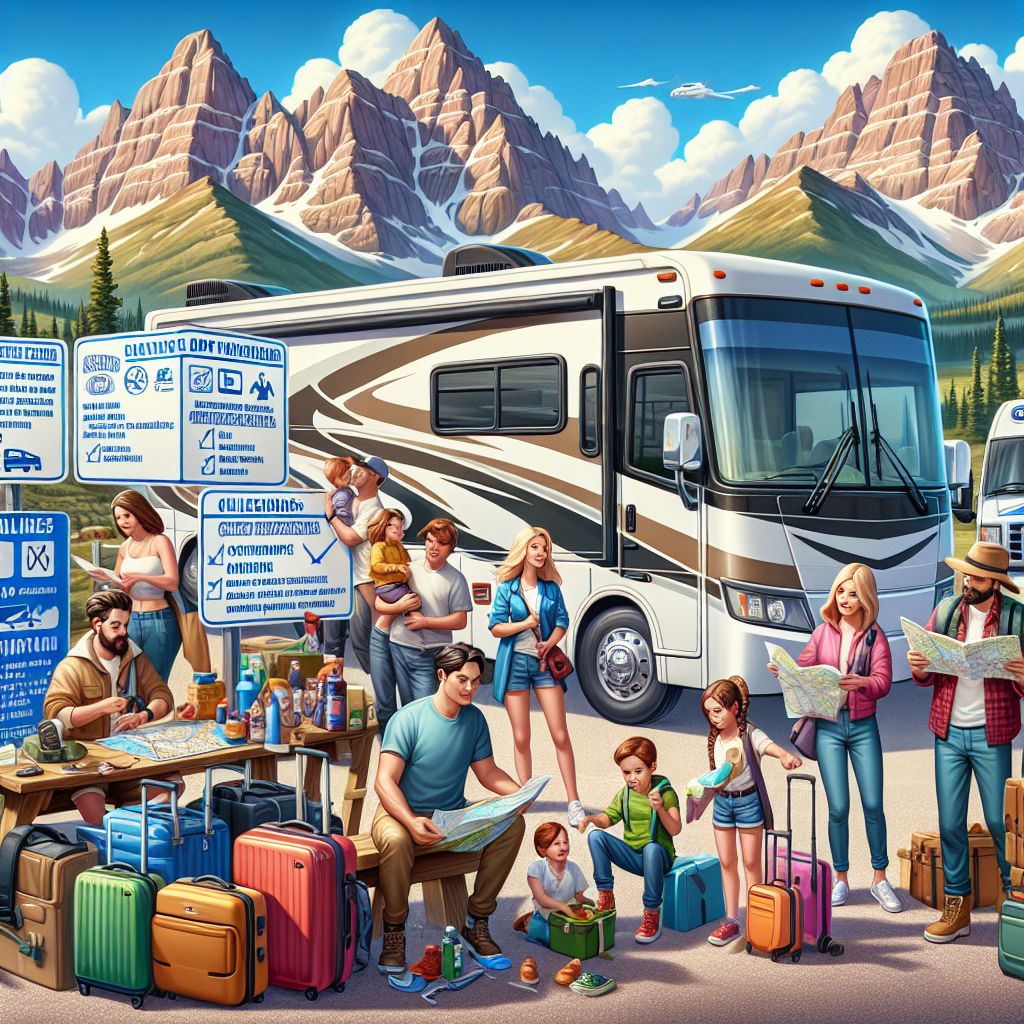
Key Takeaways
Choosing the right RV for your family is crucial; consider size, amenities, and comfort.
Plan your route to include kid-friendly attractions and suitable campgrounds.
Expect to spend $100-$300 per night on RV rental, plus additional costs for gas, insurance, and campsite fees.
Pack smart by bringing essential gear for all family members, preparing kitchen supplies, and creating a safety kit.
Keep kids entertained with games and activities suitable for RV travel and the great outdoors.
Your Rocky Mountain RV Adventure Starts Here

“Spectacular Rocky Mountain valley …” from www.rawpixel.com and used with no modifications.
Imagine waking up to the fresh, alpine air of the Rocky Mountains, with a view that’s constantly changing as you travel through one of America’s most majestic landscapes. The allure of the open road calls to many, but when you’re planning a family adventure, the stakes are a bit higher. You need comfort, convenience, and a whole lot of fun. That’s where an RV comes in, transforming a regular trip into an unforgettable journey.
Finding the Perfect RV for Your Big Family
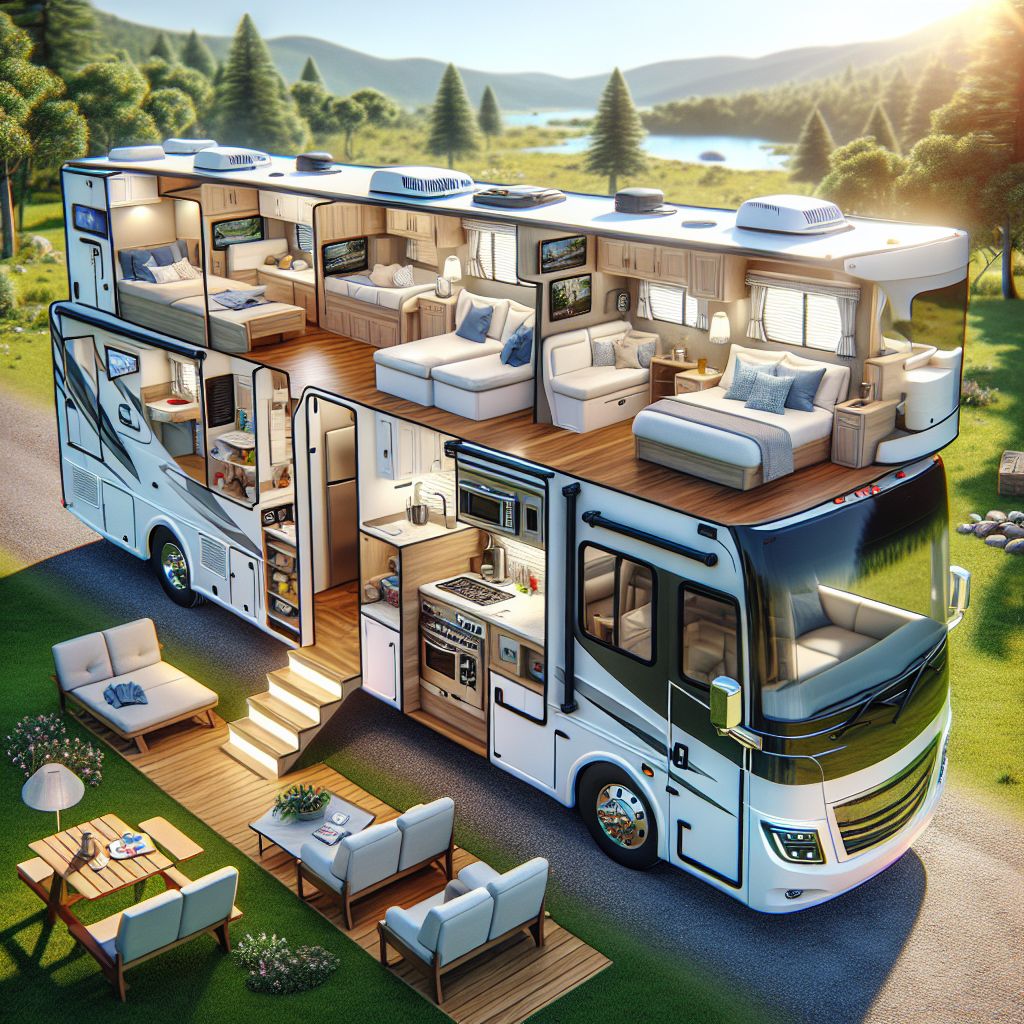
When it comes to choosing an RV, size and layout are your top priorities. You want enough beds for everyone to sleep comfortably and enough space to move around without stepping on each other’s toes. Look for RVs with slide-outs, which expand the living area, and consider the age of your children – teens will need more space than toddlers.
Mapping Out Your Rocky Mountain Route
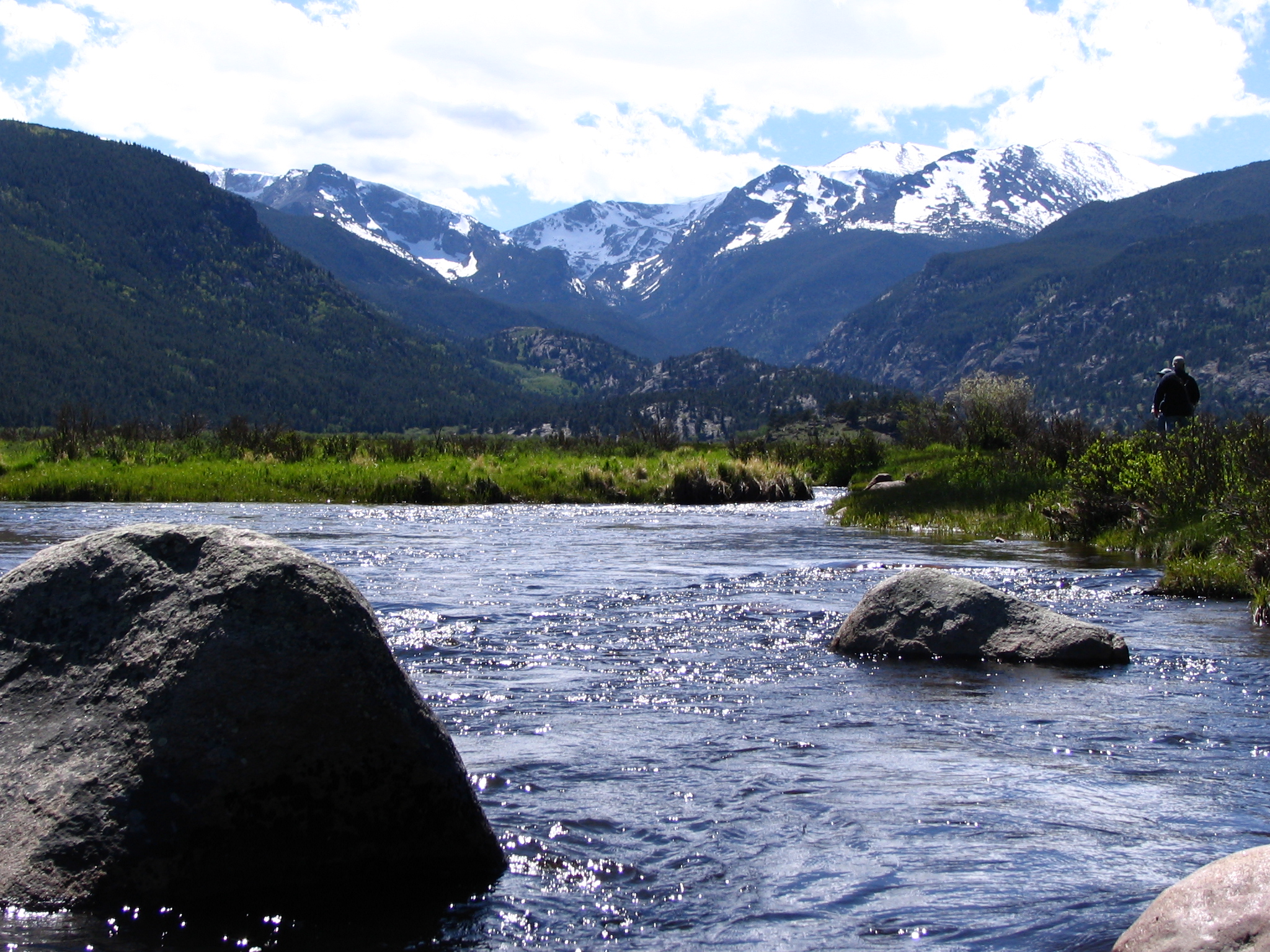
“File:Rocky Mountain National Park.jpg …” from commons.wikipedia.org and used with no modifications.
Before you set out, map your journey with stops at places that will delight every member of your family. Whether it’s a hike through Estes Park, a day exploring the Moraine Park Museum, or a picnic beside the tranquil waters of Bear Lake, plan your stops with your family’s interests in mind.
Choosing Your RV: Size Matters
With a big family, you’ll want an RV that fits everyone comfortably. Class A motorhomes are the largest and most luxurious, while Class C motorhomes offer a good balance of comfort and maneuverability. Travel trailers and fifth wheels require a vehicle with towing capacity but provide flexible living arrangements. Choose the one that best suits your family’s size and your comfort level with driving larger vehicles. For more detailed information, take a look at our family-friendly Yellowstone camping guide for insights on nature explorers.
Types of RVs Fit for Big Families
For families, Class C motorhomes are often the sweet spot. They typically come with bunk beds, a master bedroom, and sometimes even a separate sleeping area over the driver’s cab, which kids love. They’re also easier to drive than the bus-like Class A’s, which can be intimidating for first-timers.
What to Look for in Family-Friendly RV Features
When selecting your RV, look for family-friendly features like a kitchen with a fridge, stove, and microwave to prepare meals on the go. An onboard bathroom is a must for those traveling with little ones, and an entertainment system can be a lifesaver during long stretches on the road. Storage is another key aspect; you’ll want plenty of space for all your gear. For more detailed insights, check out our family-friendly Yellowstone camping guide for tips on how to choose the best RV features for your nature adventures.
Setting Your RV Travel Budget
Budgeting for an RV trip involves more than just the rental fee. You’ll need to account for gas, which can be a significant expense for these large vehicles, especially in mountainous areas. Insurance is typically required and can vary in cost. Campsite fees also add up, so be sure to include them in your budget planning.
Costs to Consider When Renting an RV
Renting an RV for your Rocky Mountain adventure can cost anywhere from $100 to $300 per night. On top of that, you’ll need to budget for:
Gas: Expect to pay more due to the RV’s size and the mountainous terrain.
Insurance: Required for rentals, this can range from $15 to $30 per day.
Campsite fees: Vary widely, from $20 to over $100 per night depending on amenities and location.
Provisions: Food, activities, and miscellaneous items will add to your budget.
And that’s just the beginning of your adventure. In the next section, we’ll dive into the nitty-gritty of planning your trip, from crafting your itinerary to packing like a pro. So buckle up, your family’s Rocky Mountain RV journey is about to take off.
Crafting Your Rocky Mountain Itinerary
Let’s get down to business and chart your course through the Rocky Mountains. Crafting an itinerary that keeps everyone excited and engaged is essential. The key? Balance. Mix up driving days with stops at places where you can stretch your legs and soak in nature’s beauty. Include destinations that offer a variety of activities so that each family member finds something they love, such as the best kid-friendly programs at Glacier National Park.
Can’t-Miss Destinations for Families
Rocky Mountain National Park is chock-full of family-friendly destinations. Start with Trail Ridge Road, the highest continuous paved road in the United States, for panoramic views. Make a stop at the Holzwarth Historic Site to step back in time and experience life in the early 20th century. And don’t forget the Junior Ranger Program, an interactive way for kids to learn about the park and become certified Junior Rangers!
Campgrounds and RV Parks to Stay With Kids
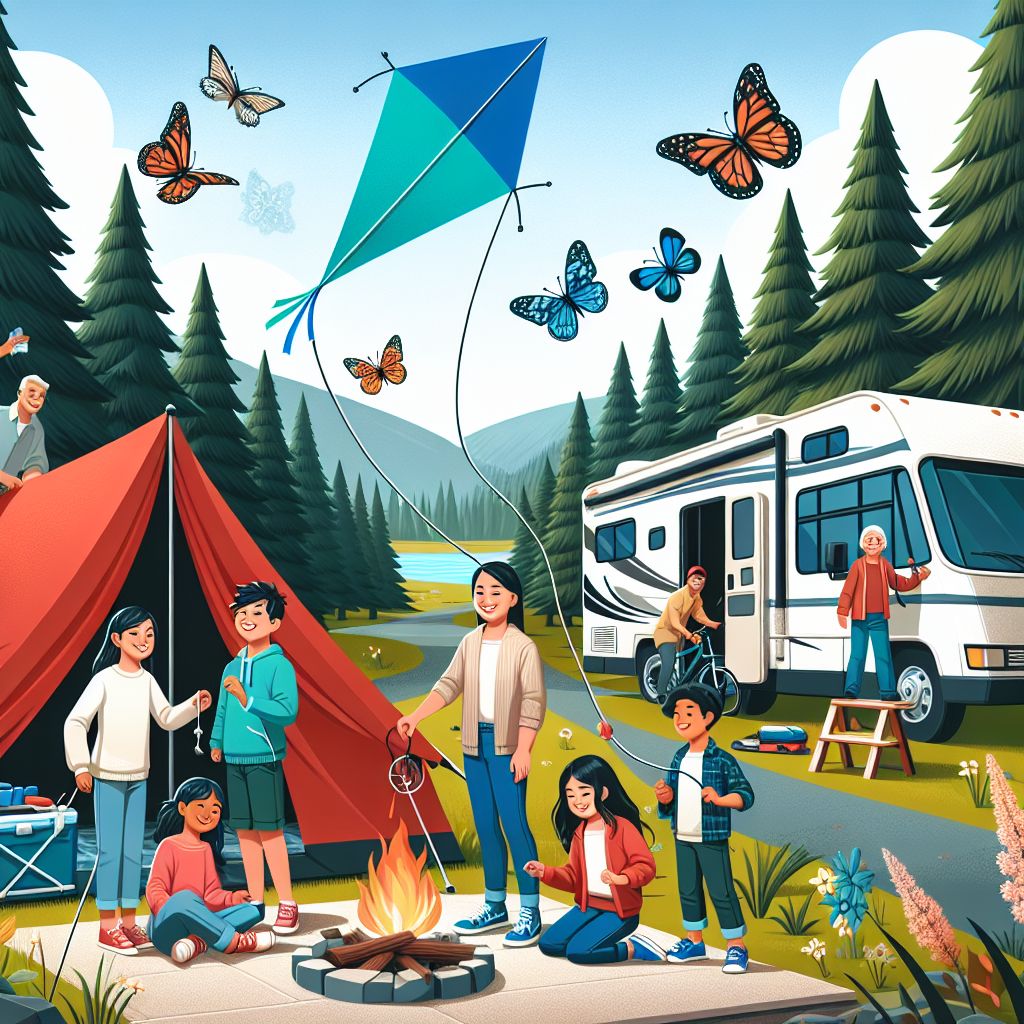
When the sun sets, you’ll need a cozy spot to park your RV. Moraine Park Campground is a favorite for its stunning views and family-friendly amenities. Glacier Basin Campground is another excellent choice, with ranger-led programs that will captivate the kiddos. Both campgrounds have sites that can accommodate RVs, but be sure to book early—they fill up fast!
Remember, amenities vary from one campground to another. Some may offer full hookups, while others might be more rustic. Always check in advance to ensure the campground fits your family’s needs and comfort level.
Packing for Your Trip: The Ultimate Checklist
Packing for an RV trip is a bit like a puzzle. You want to make sure you have everything you need without overpacking. Space is at a premium, so every item should earn its place. Here’s a rundown of what to bring along for a successful family RV adventure. For a detailed list, consider using these RV checklists to ensure you don’t forget anything important.
Essential Gear for Every Family Member
Start with the basics: clothing for all weather conditions, sturdy footwear for hiking, and personal items. Then, consider the extras that make life on the road smoother: headlamps for late-night bathroom trips, reusable water bottles, and a first-aid kit. Don’t forget chargers for devices and a camera to capture all those unforgettable moments.
For the little ones, pack some comfort items like their favorite blanket or stuffed animal. It helps to have a piece of home with them on the road.
Smart Food and Kitchen Prep for the Road
Your RV’s kitchen is your mobile command center for meals. Plan and prep food ahead of time to minimize cooking time on the road. Think easy-to-prepare meals like sandwiches, salads, and anything you can cook over a campfire. Stock up on snacks that are both nutritious and kid-approved to keep energy levels high during your adventures.
Remember to pack the essentials for cooking and eating: pots, pans, utensils, plates, cups, and cleaning supplies. A well-organized kitchen makes for happy campers and even happier chefs.
Navigating the Highs and Lows: RV Tips and Tricks

Driving an RV through the Rockies is no small feat. The winding roads and steep inclines can be a challenge for even seasoned drivers. But fear not! With some practice and these tips, you’ll be handling those mountain roads like a pro.
Driving Through Mountainous Terrain
First, take it slow. Mountain roads require a gentle touch and patience. Use lower gears to help control the RV’s speed on downhill stretches, and don’t be afraid to pull over in designated areas to let faster vehicles pass. Always keep an eye on the temperature gauge to prevent overheating, and give yourself plenty of time to brake. For more tips on navigating mountainous terrain, check out our guide on Shenandoah National Park bike tours, which includes valuable insights for RV travel in hilly regions.
Weather can change quickly in the mountains, so check forecasts regularly and be prepared for all conditions. And remember, altitude can affect both you and your vehicle, so stay hydrated and give your RV a break now and then.
Practice driving your RV before hitting steep roads.
Use engine braking instead of relying solely on your brakes.
Keep your fuel tank at least half full to avoid being caught off guard by long stretches without service stations.
Maintaining Your RV While on the Go
Maintenance is key to a stress-free RV trip. Do a daily walk-around to check for any issues, such as flat tires or leaks. Keep an eye on your fluid levels and top them off as needed. Clean your windshield regularly for the best visibility, and always dispose of waste at designated dump stations.
Fun and Games: Keeping Kids Entertained
Long drives can be tough on kids, so keep a stash of games and activities at the ready. Portable board games, audiobooks, and travel journals are great for passing time. When you’re parked, outdoor games like frisbee, tag, and hide-and-seek can help burn off that extra energy.
And don’t forget the educational aspect of your travels. Encourage kids to learn about the places you’re visiting, the wildlife you’re seeing, and the stars you’re sleeping under. It’s not just a vacation; it’s a living classroom on wheels.
Returning Home: Post-Trip RV Considerations
As your Rocky Mountain adventure winds down and you head towards home, there are a few things to keep in mind. The journey back is an integral part of your trip, and how you handle it can affect your overall experience.
Cleaning Up and Rental Return Procedures
Most rental companies expect the RV to be returned in the same condition it was in when you picked it up. This means you’ll need to clean the interior, empty the waste tanks, refill the gas tank, and report any damage that may have occurred. Some companies offer cleaning services for a fee, but doing it yourself can save money and ensure nothing is overlooked.
Reflecting on the Experience and Planning Next Steps
Once you’re back, take the time to reflect on your trip. What went well? What would you do differently next time? Sharing stories and photos can help keep the memories alive. And if you’ve caught the RV bug, start thinking about your next adventure. Maybe it’s exploring another national park or taking a beachside road trip. The possibilities are endless.
Frequently Asked Questions
Can I drive an RV with a regular driver’s license?
Yes, in most cases, you can drive an RV with a standard driver’s license. However, some larger RVs may require a special license, so always check with the rental company and your local DMV for the specific requirements.
What are the best ways to reduce fuel costs on a long RV trip?
To save on fuel, plan your route efficiently, drive at steady speeds, and avoid unnecessary idling. Keeping your RV well-maintained and packing light can also improve gas mileage. And don’t forget to use apps or websites to find the best fuel prices along your route.
How do I secure an RV spot in national parks?
Reservations are key! National park campgrounds can fill up months in advance, especially during peak seasons. Book as early as possible through the park’s reservation system, and always have a backup plan in case your first choice is unavailable.
What should I do if I encounter wildlife around my RV?
Wildlife encounters can be thrilling, but it’s important to keep a safe distance. Never feed or approach wild animals, and store your food securely to avoid attracting them to your campsite. If an animal does approach your RV, stay inside and wait for it to move on.
Are pets allowed in RV rentals?
Many RV rental companies are pet-friendly, but policies vary. There may be additional fees or restrictions, so check with the rental company beforehand. And remember, national parks have their own rules regarding pets, so be sure to review those as well.
Embarking on an RV trip with your family is an adventure like no other. It’s a chance to bond, explore, and create memories that will last a lifetime. With the right preparation, a spirit of adventure, and a dash of flexibility, your Rocky Mountain RV journey will be a tale told for years to come. Safe travels!
Option A.
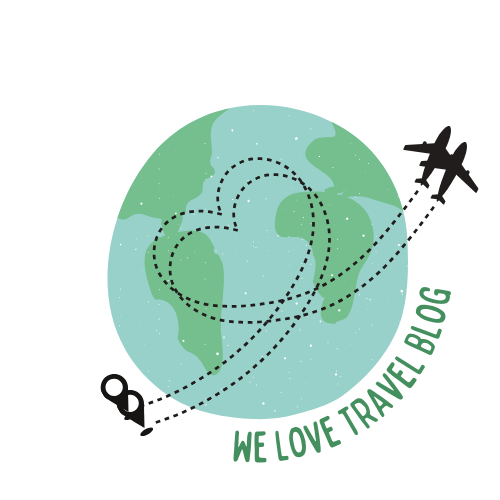

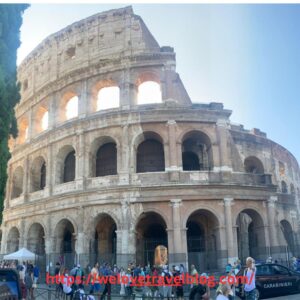
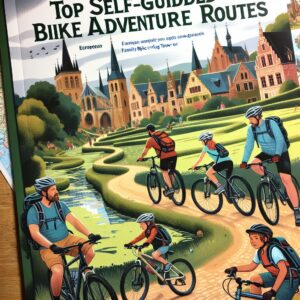
Leave a Reply